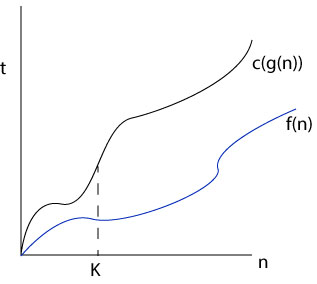Tree data structure and its terminology
Why we need a tree data structure? In the array, linked list, stack, and queue data is store in a sequential manner which is difficult to search specific data .the search becomes slow when a huge amount of data stored. This is a very annoying thing in the fast world. All people want to get the result as soon as possible. Different Tree data structures allow to access the data quickly and also it is not a linear data structure. First of all, look at the terminologies of the tree before understanding the concept of the tree. What is a tree? A collection of nodes that are connected by directed edges is known as tree. It is a nonlinear structure as compare to arrays, linked lists, and stacks. Node: A node is a struct that contains a value (data) and stores its pointer. There are two types of nodes internal nodes those nodes which contain at least one child leaf node and external nodes those nodes which are the last. Edge: This is a link between nodes. Root: It is the top most node of a tre...



